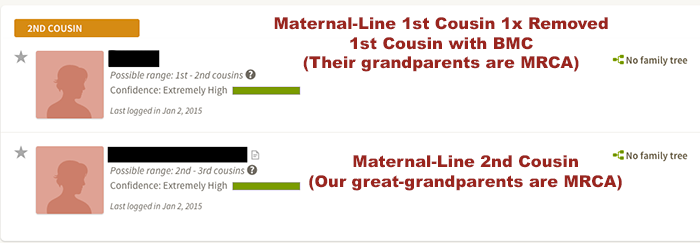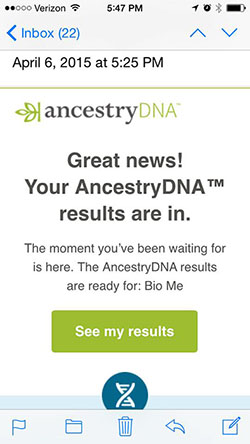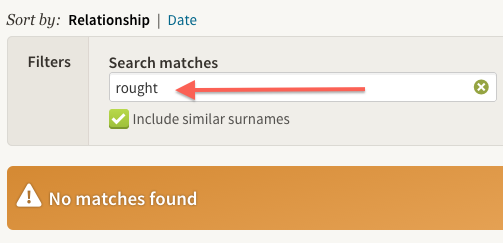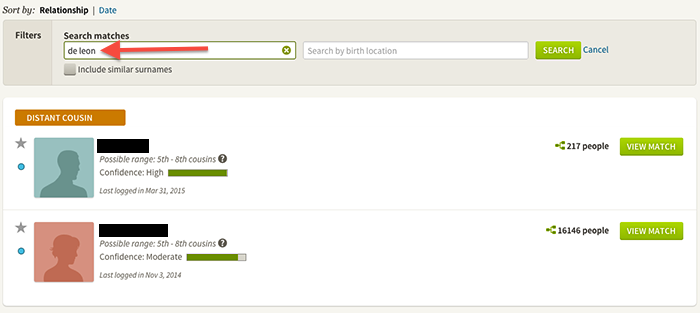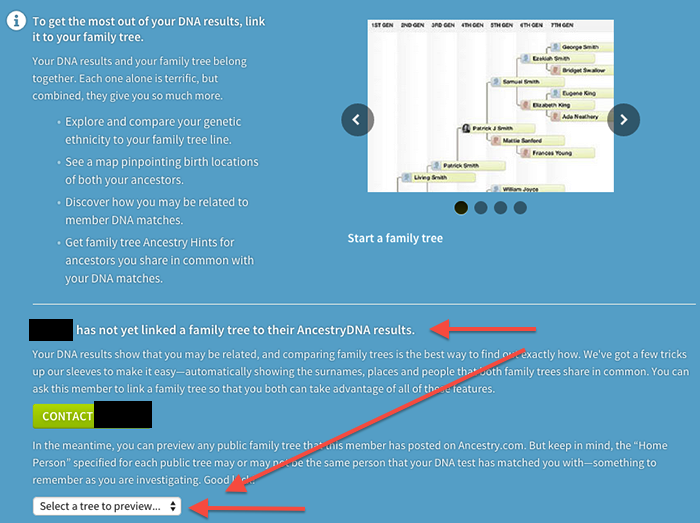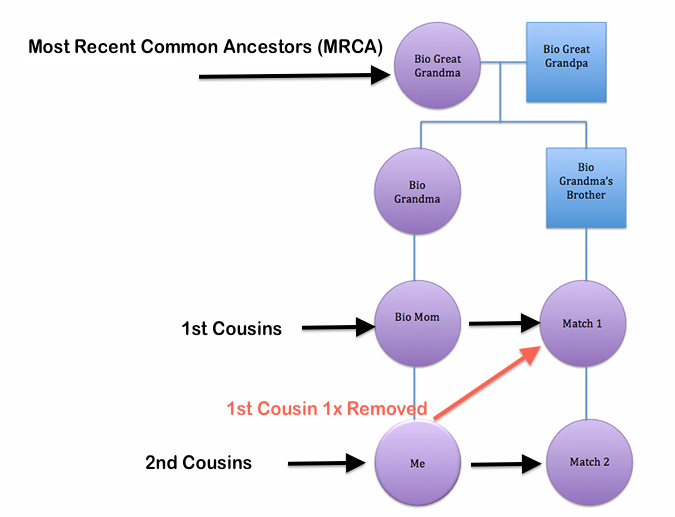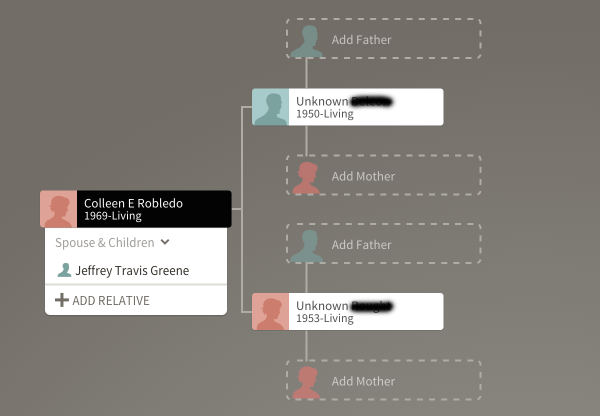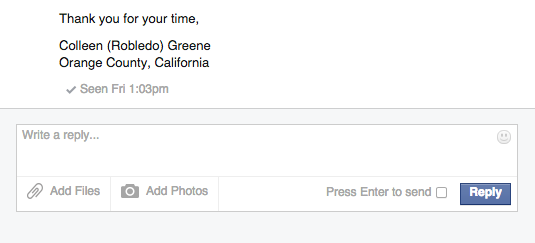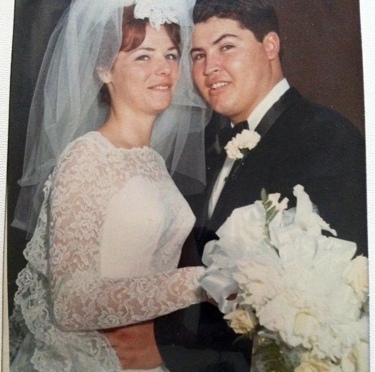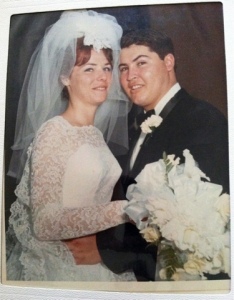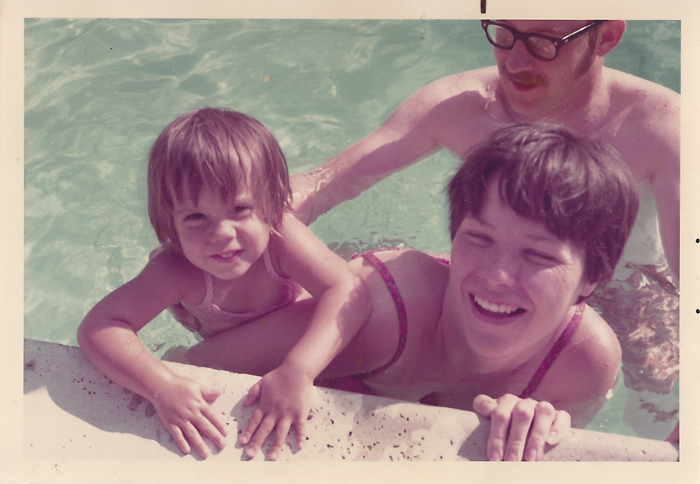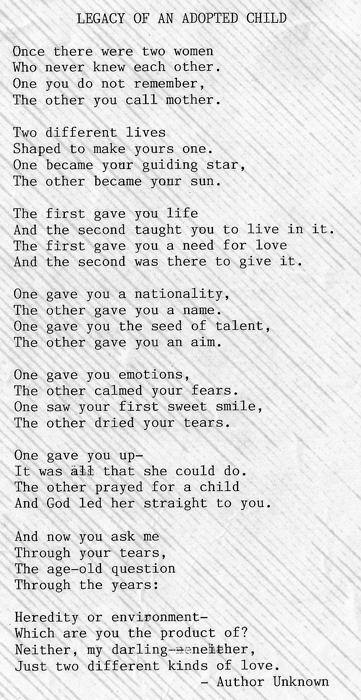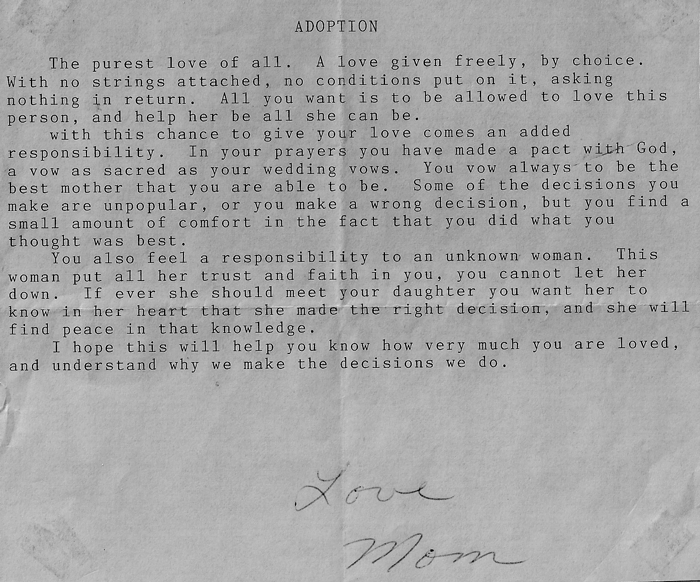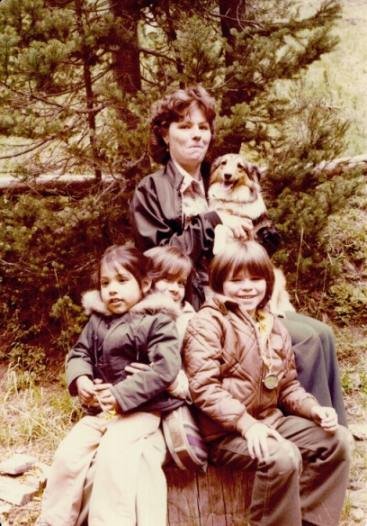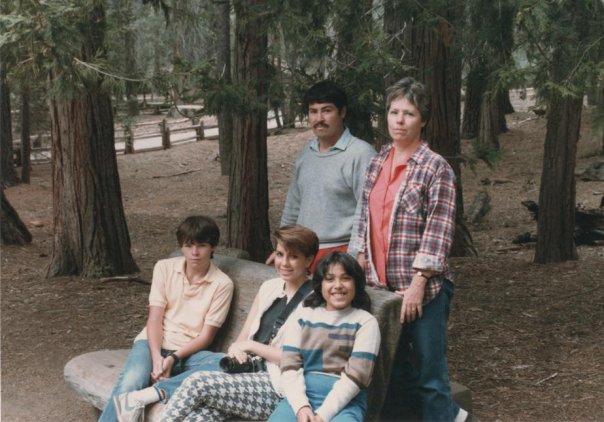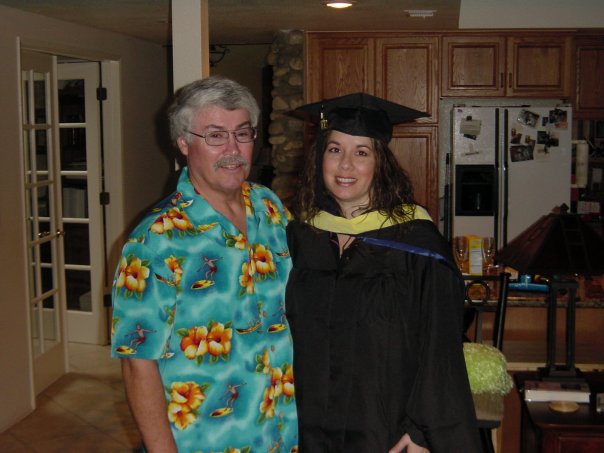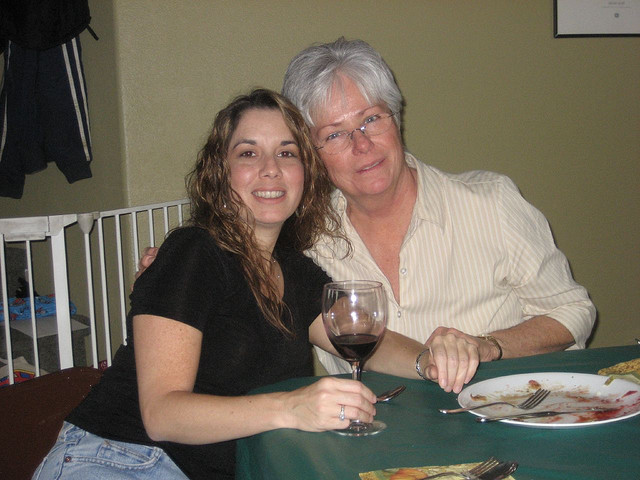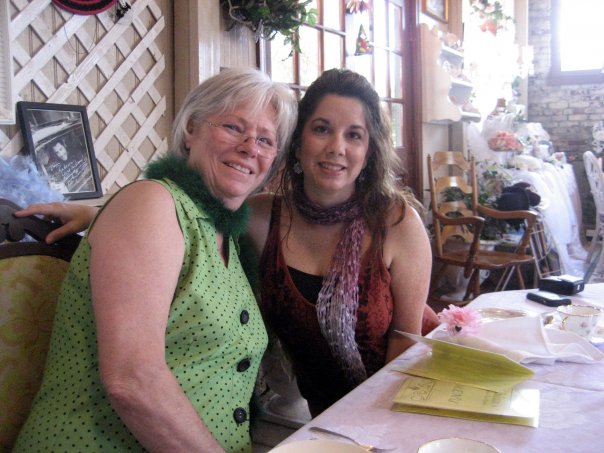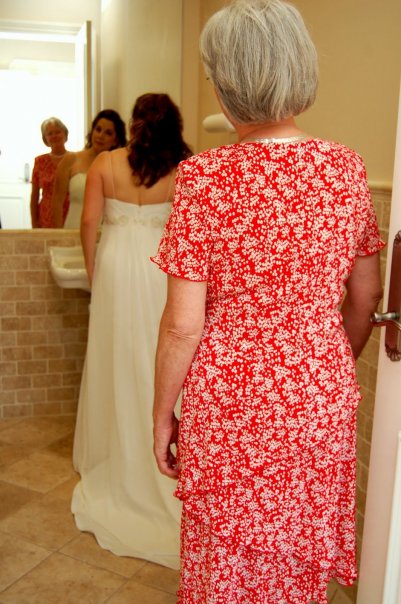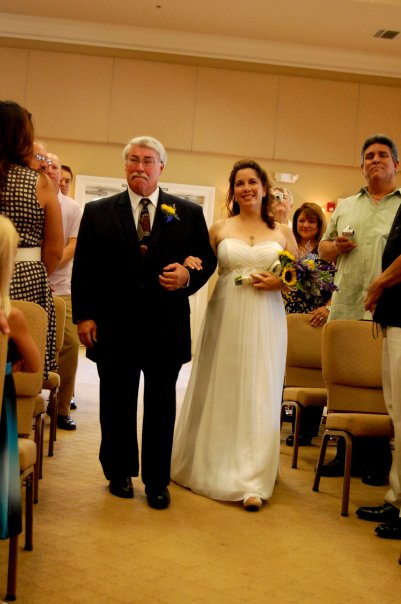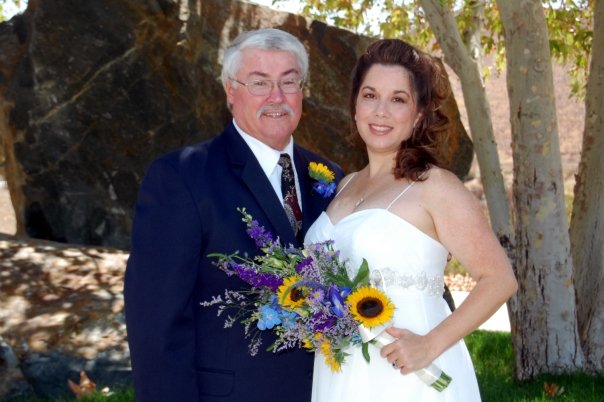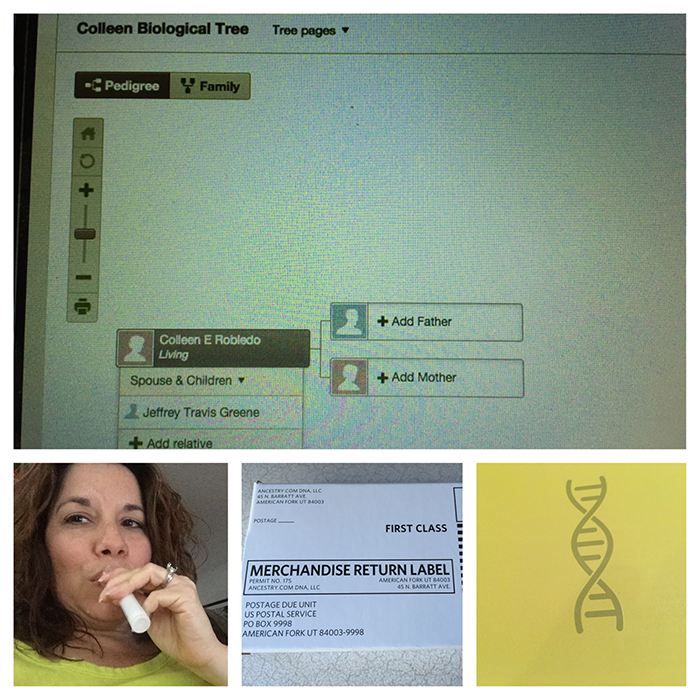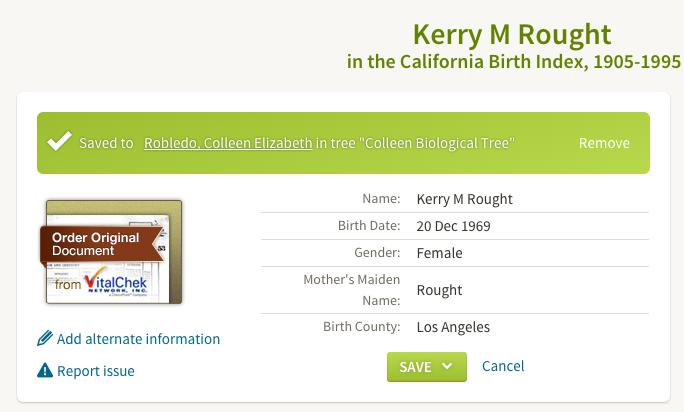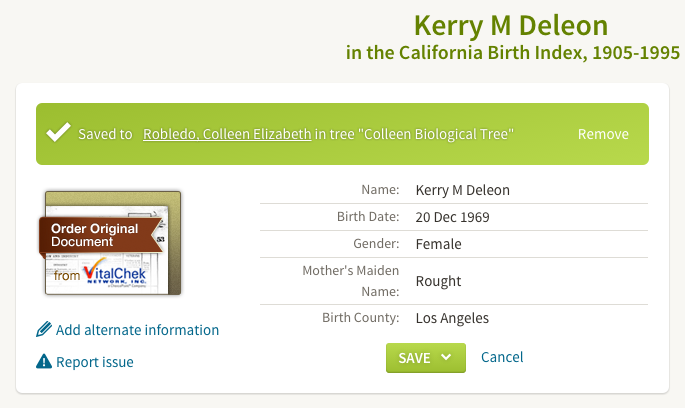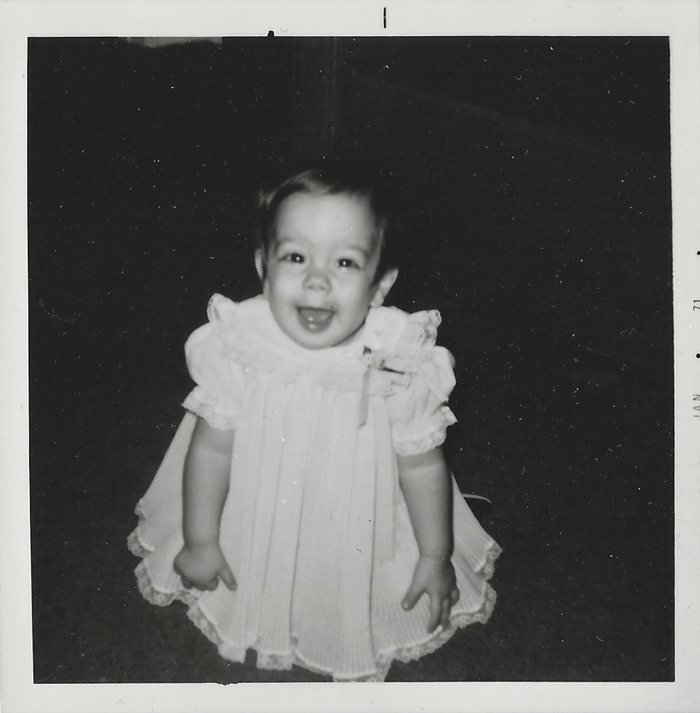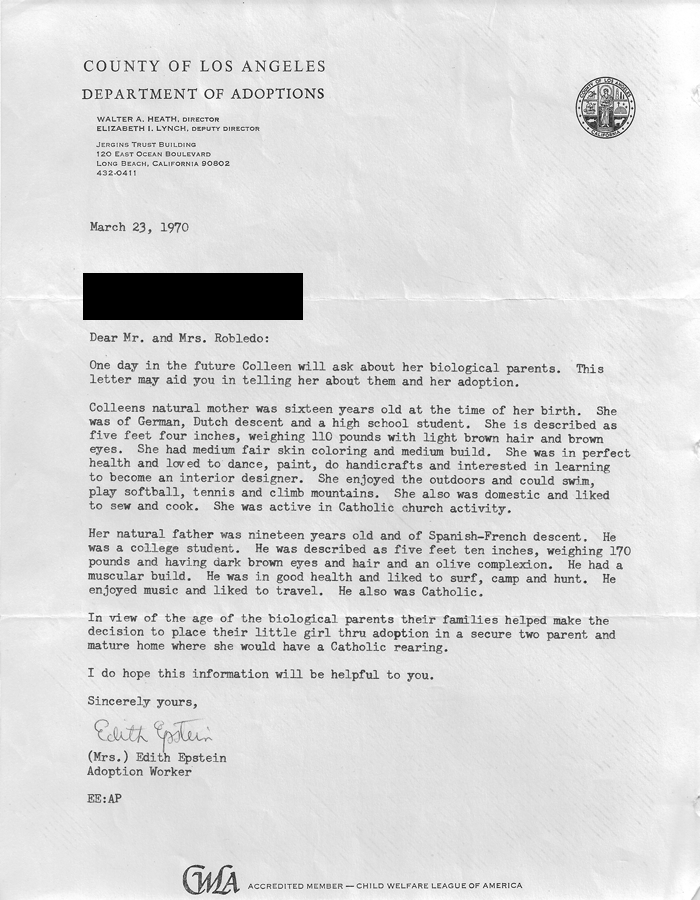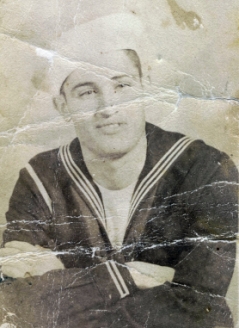 For over 15 years, I have beaten my head against a wall in total frustration at being unable to locate the birth record for my paternal grandfather, Benjamin Robledo (1919-1990), born 23 May 1919 in Long Beach, Los Angeles County, California.
For over 15 years, I have beaten my head against a wall in total frustration at being unable to locate the birth record for my paternal grandfather, Benjamin Robledo (1919-1990), born 23 May 1919 in Long Beach, Los Angeles County, California.
My grandfather was the third of eight children born to Jose Robledo (1875-1937) and Maria Nieto (1887-1973). Benjamin was the second son, but the first U.S.-born child — his parents immigrated from Mexico in 1915.
Early on, I successfully located birth records for all of Benjamin’s U.S.-born siblings, and the Mexico christening records (with birth dates noted) for his two older Mexico-born siblings. But I could never find a birth record for my grandfather, which just made no sense. Searching the Ancestry and FamilySearch versions of the California Birth Index failed every time.
My breakthrough finally happened in February 2014 during my first RootsTech research trip to the Family History Library in Salt Lake City, Utah.
The Breakthrough
Since the Family History Library owns the Long Beach city birth certificates, 1906-1919 collection on microfilm, my top priority for that research trip was to review the collection. I felt fairly certain that my grandfather was born in Long Beach, since the family was enumerated there on the 1920 U.S. Census when he was just an infant. I wanted to try a narrower Long Beach focus before having to expand my search to all of Los Angeles County.
With the first roll in the collection being an index for 1906-1919, I was able to quickly scan for any Robledo babies born in or around 1919. My only hit was a reference to a Raymond Robledo born in 1919.
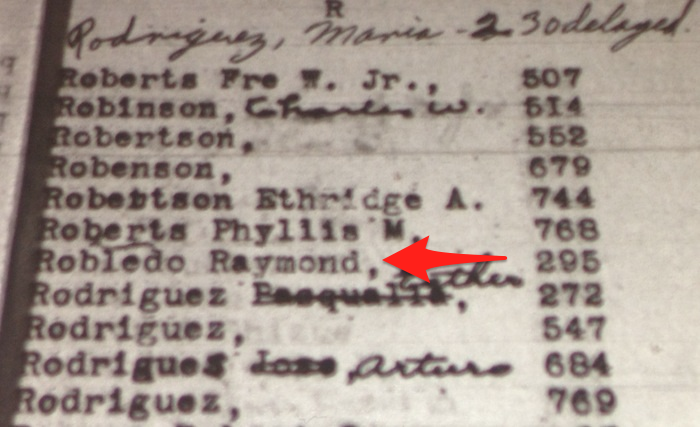
I pulled that particular birth register number up on microfilm, and was surprised to discover that Raymond Robledo appeared to be my grandfather Benjamin. The date of birth, parents’ names, and parents’ residence all jived with what I already knew about him.
Raymond???? His name was Benjamin.
Raymond is the name of a much younger brother. Ray is the nickname of his older brother Refugio. I have never heard my grandfather referred to as anything other than Benjamin or Ben.
I scanned back and forth on the microfilm, wondering if this Raymond was perhaps a twin (of Benjamin) that died at birth. But there was still no Benjamin Robledo in the collection. Only a Raymond Robledo, with no middle name (I thought perhaps Benjamin might be a middle name).
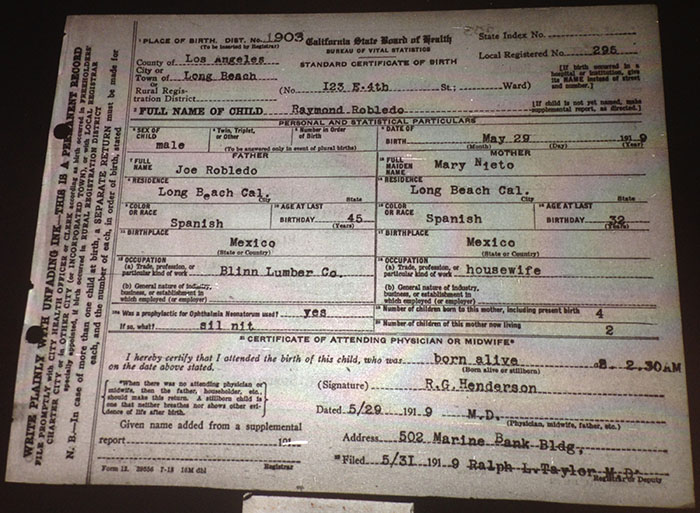
I immediately texted my father, sending him a copy of the birth record. He confirmed this information appeared to be for his father, but also confirmed he had never heard his father called anything other than Benjamin.
Backtracking
Armed with this new document and name, I retraced my previous (years’ worth) of attempts to once again find my grandfather on the California Birth Index. Only to be faced with the same result. No listings for a Benjamin or even unnamed Robledo male baby born in 1919 California.
Only…. a Raymond Robledo. My same Raymond. He had been staring me in the face every time I searched the Birth Index, but I had always dismissed this hit due to the name Raymond.
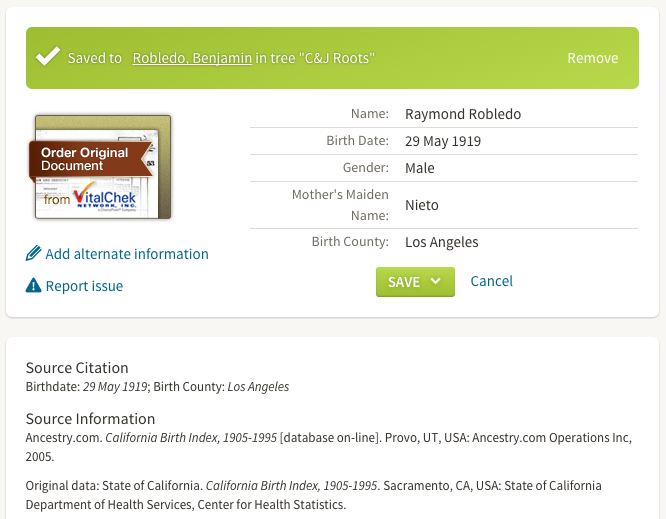
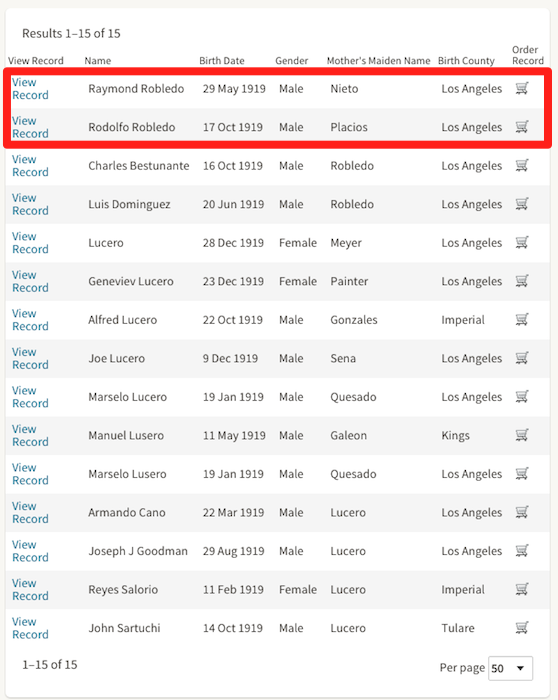

Since finding my grandfather’s birth record last year, my dad has questioned his father’s lone living sibling about this mystery several times. Dad’s living uncle has told both of us that he has no recollection of my grandfather ever being referred to as Raymond — only Benjamin. He is just as surprised by this discovery as we are.
The Original Source Document
Just in case that transcribed birth certificate found in the Family History Library microfilm collection had been mis-transcribed (human error happens), I knew I needed to obtain the original record. A few weeks ago, I finally made it a priority to visit the Los Angeles County Registrar-Recorder/County Clerk to request an informational copy of the original birth certificate.
When filling out the order form there, I listed both Benjamin and Raymond as first names.
Yesterday, my copy of the original birth certificate finally arrived!
No transcription error. My grandfather’s given name at birth was recorded as Raymond.
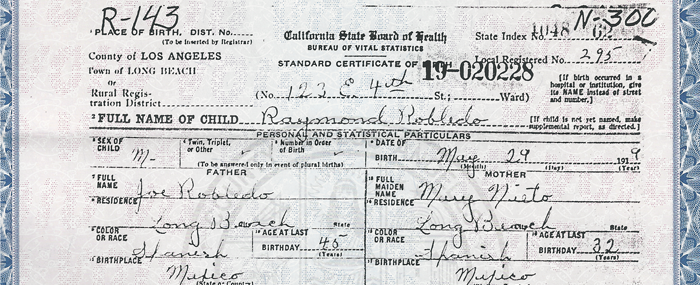
No Further Trace of Raymond
I have never come across another instance of my grandfather’s given name being recorded as Raymond, even though I now always intentionally search for both a Benjamin Robledo and a Raymond Robledo with the same age and/or the same immediate family members.
After his birth, the earliest record upon which I find my grandfather living is the 1920 U.S. Census, where he was identified already as Benjamin, at 8 months old. Not Raymond.

Other records that identify his given name as Benjamin:
- (1920) US Census: 8 months old.
- (1930) US Census: 17 years old.
- (1936) Glendale, California, City Directory.
- (1940) US Census: 20 years old.
- (1942) Marriage License and Certificate, County of Orange, California.
- (1944-1945) US Navy Muster Rolls.
- (1945) Notice of Separation, US Naval Service.
- (1945) Birth Certificate of child.
- (1953) Glendale, California, City Directory.
- (1990) California Death Index, 1940-1997.
- (1990) US Social Security Death Index, 1935-2014.
- (1990) U.S., Department of Veterans Affairs BIRLS Death File, 1850-2010.
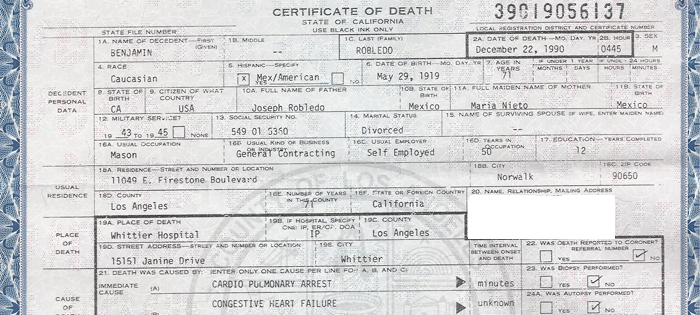
Questions, Questions, Questions!
What the heck happened that my grandfather was given a name at birth, that the family was no longer using for him by the time he was just 8 months old?
- Did whomever (I assume one of Benjamin’s parents) provided the baby’s name to the hospital or county employee mistakenly give the wrong first name of “Raymond” for his birth certificate? If so, did they file a legal name change later, or an amended birth certificate that for some reason doesn’t show up in any publicly accessible collection? Or did they simply just start calling him Benjamin without a legal name change?
- Were my great-grandparents in disagreement about my grandfather’s name, even after his birth? With whichever of the two who provided the details for the birth certificate winning out by having the baby’s name recorded as Raymond, unknown to the other parent who wanted the baby named Benjamin? At least one of my great grandparents liked the name Raymond enough to give that name later to another son. Raymond, Raymon, and Ramon all seem to be common names among their extended family. I find no other Benjamin in the Nieto-Robledo extended family.
- Did the hospital or county official who recorded the details for grandfather’s birth certificate simply make a mistake and record the wrong given name?
- Some parents (or later, the child him/herself) sometimes choose to go by a middle name. But none of the records I have for my grandfather indicate the existance of a middle name.
If a legal name change from Raymond to Benjamin was never made, how is it that my grandfather was able to use the name Benjamin in other legal records?
- Since the Social Security Death Index records his name as Benjamin, I assume this is the given name he provided on his Social Security application. I know that birth records are now required when applying for a SS card. But, was that the case when he applied, before 1951?
- He joined the U.S. Navy in 1943, during the Second World War. Was any type of record of birth or identify required to enlist? Even during wartime, when we needed more troops?
- When my husband and I applied for our marriage license in 2009, I think I remember the County of Orange (same county in which my grandparents married) requiring us to show our birth certificates. Did my grandparents have to show their own birth certificates back in 1942, and if so, how did my grandfather explain away the discrepancy in his given name unless he had additional proof of a legal name change?
Next Steps
If I ever want to reach a credible conclusion that this Raymond Robledo is definitely my grandfather Benjamin Robledo, I know I have to conduct a more exhaustive search of all available evidence.
- I just ordered a copy of my grandfather’s original Social Security card application.
- I need to figure out which jurisdiction would have processed a legal name change, where those records are now located, and try to determine if any such name change was made.
- I need to try to find a christening record for my grandfather, since I can assume that his practicing Catholic parents had him baptized as an infant. First though, I need to identify the Catholic church to which his family belonged when they lived in Long Beach.
Do you have suggestions for other steps I should take meet the requirements of a reasonably exhaustive search in order to work towards a sound written conclusion?
[contentblock id=1 img=html.png]
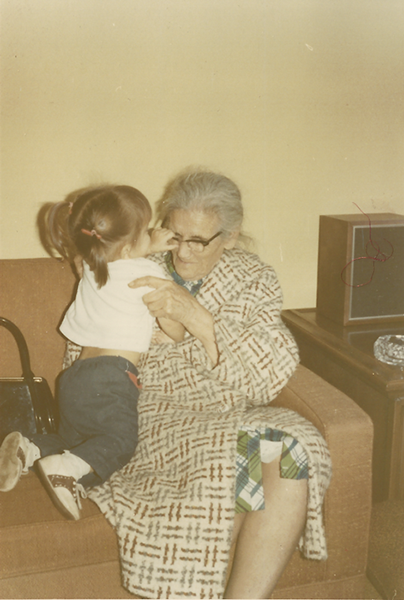
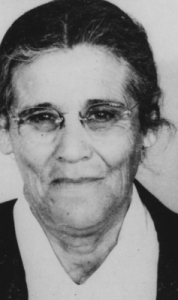 My 14th entry in Amy Johnson Crow’s “
My 14th entry in Amy Johnson Crow’s “